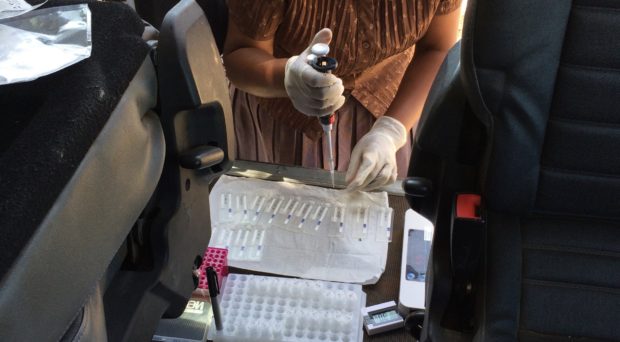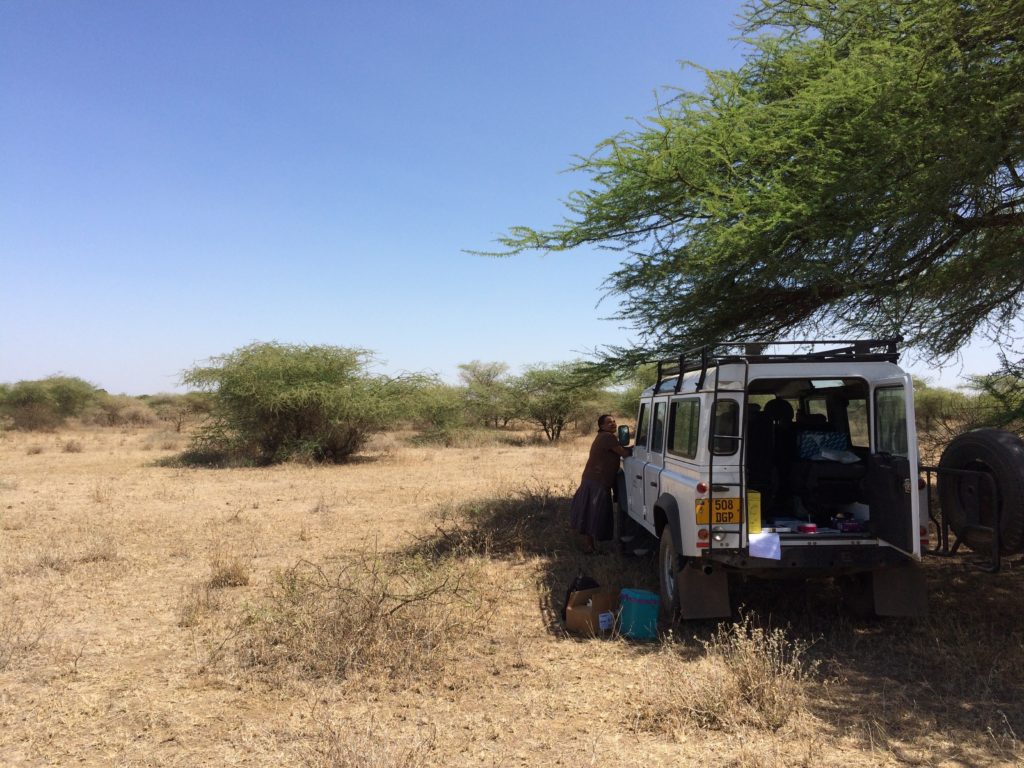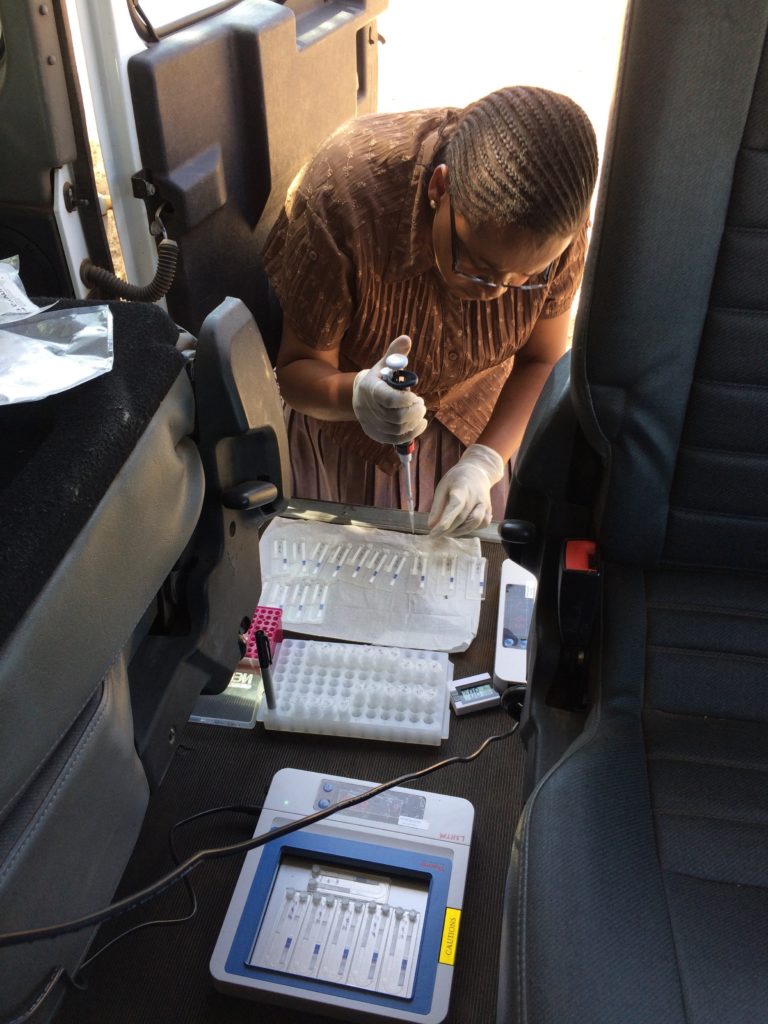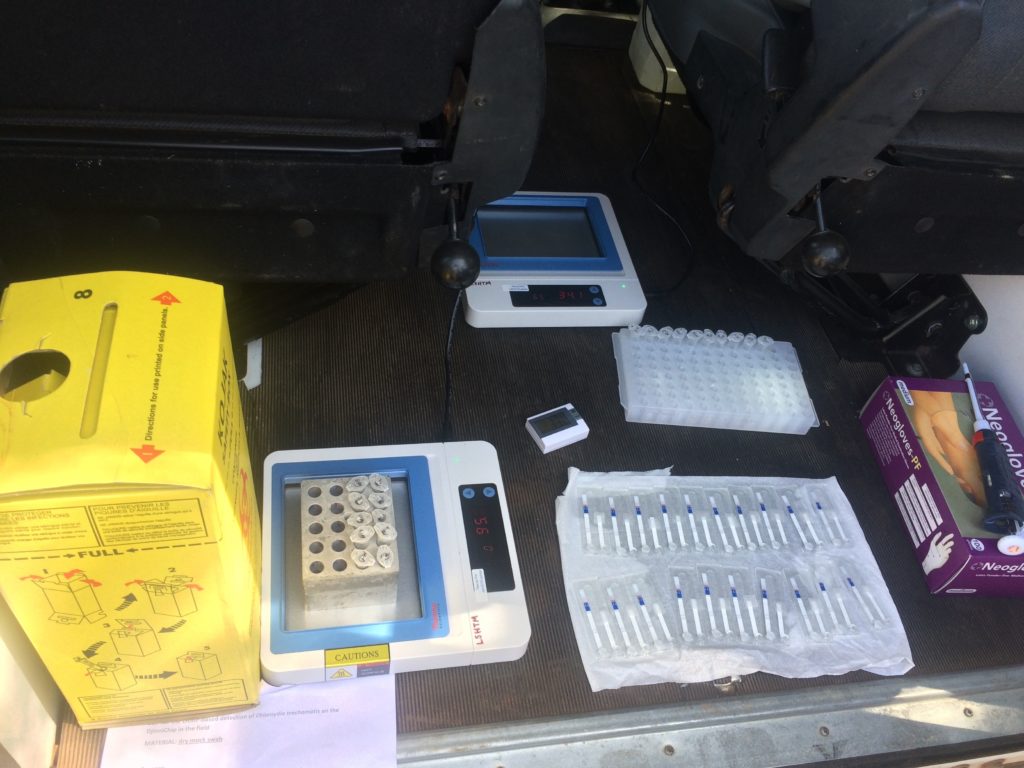
This blog post is part of a series featuring new articles published in the LCNTDR Collection: Advances in scientific research for NTD control, led by the London Centre for Neglected Tropical Disease Research (LCNTDR). Stay tuned for updates on Twitter @bugbittentweets and @NTDResearch. You can find other posts in the series here.
Elimination of Trachoma
Significant progress has been made to eliminate trachoma, the world’s leading infectious cause of blindness, as a public health problem. In July 2020, the World Health Organization (WHO) reported a 91% reduction in number of people at risk of trachoma, from 1.5 billion in 2002 to 136.9 million in May 2020. Moreover, in 2019 it is estimated that 152 districts worldwide reached the active elimination threshold, resulting in 21.8 million people no longer requiring treatment.
As countries accelerate towards elimination, national trachoma programmes are increasingly conducting surveys to generate evidence to validate elimination as a public health problem in formerly endemic regions. However, as many national trachoma programmes are finding, this is often complicated by poor correlation between disease signs and infection, particularly after mass antibiotic administration to stop the spread of Chlamydia trachomatis (the species of bacteria responsible for blinding trachoma). Clinical signs (‘symptoms’ are reported by patients, ‘clinical signs’ are assessed by clinicians) can persist long-term in the absence of active infection and can lead to uncertainty about the impact of programmes. Using clinical signs to asses infection can result in unnecessary distribution of mass antibiotic treatment and risks an increased spread of antibiotic resistance in ‘off-target’ bacterial species. Diagnostic tests that can detect ocular infections are needed to provide a more accurate picture of infection prevalence and inform treatment programmes.

DjinniChip
To support national programmes to generate evidence, researchers from the London School of Hygiene & Tropical Medicine, in collaboration with the Fraunhofer Institute (Germany) and Kilimanjaro Christian Medical Centre (Tanzania) evaluated a simple, fast, and low-cost diagnostic assay (DjinniChip) for the detection of ocular C. trachomatis. The diagnostic device, which was developed by the team at the Fraunhofer Institute and detects C. trachomatis nucleic acid through an isothermal (even temperature) amplification reaction, is unique in its lack of requirement for specialised instruments and mains electricity power supply. The device is stable in storage at ambient temperature (23°C), can be used by lay personnel and requires only a portable heat block, able to be powered by 12V car battery, meaning that it is mobile or can be used in local health posts and district-level laboratories in resource-poor settings.

First Phase Testing
After the initial development and testing of the DjinniChip at the Fraunhofer Institute, in the first quarter of 2019 the team set out to evaluate the performance of the DjinniChip in a trachoma-endemic district of Tanzania. In the first phase, 352 archived clinical ocular samples were tested in parallel by the DjinniChip and a reference test in a research laboratory in Kilimanjaro district. The swab samples were previously collected from children from a nearby trachoma-endemic area. The DjinniChip was found to have promising sensitivity (66%) and specificity (94.3%), with an overall accuracy of 90.1%. The main issue limiting sensitivity was inhibition of the DjinniChip reaction in some clinical samples, which can be caused by cellular debris remaining from the lysis step.

Second Phase Testing
In the second phase of the study, mock samples were prepared with a range of C. trachomatis concentrations in order to test the durability of the DjinniChip under field conditions. Mock samples were tested on the floor space of a 4×4 vehicle in typical environmental conditions where trachoma is found (hot, humid, dry and/or dusty). There was minimal impact of the challenging environmental conditions on the test’s ability to detect C. trachomatis; 62/64 positive mock samples were correctly identified. The primary issue was the high rate of false positives in the negative mock samples (10/16), which was found to be due to cross-contamination during field testing.
Next steps
Ocular infection testing, such as DjinniChip, is not currently recommended by the WHO as an indicator for national trachoma programmes. However, there is an urgent need for low-cost, simple to use tests for C. trachomatis to guide district-level treatment decisions, particularly around whether MDA can be discontinued.
DjinniChip has shown promising potential to meet these criteria. The next iteration of the DjinniChip is currently in development and will transform the test into a fully closed pipette-free integrated format with minimal handling of liquids. This will minimise the risk of cross contamination and further increase its useability by lay personnel. Optimisation of the lysis step and sample dilution will also be explored to prevent sample inhibition. With this further development, the DjinniChip could support national trachoma programmes to generate evidence more effectively and could be used alongside serology tests to aid in their interpretation. Ultimately this could contribute to the optimal use of resources and the elimination of trachoma as a public health problem by 2030.
The study featured in this blog post has been just published in the LCNTDR Collection: Advances in scientific research for NTD control, led by the London Centre for Neglected Tropical Disease Research (LCNTDR). The collection has been publishing in Parasites & Vectors since 2016, and releasing new articles periodically. This series features recent advances in scientific research for NTDs executed by LCNTDR member institutions and their collaborators. It aims to highlight the wide range of work being undertaken by the LCNTDR towards achieving the United Nations Sustainable Development Goals as well as supporting the objectives of the World Health Organization road map for neglected tropical disease 2021-2030.
The LCNTDR was launched in 2013 with the aim of providing focused operational and research support for NTDs. LCNTDR, a joint initiative of the Natural History Museum, the London School of Hygiene & Tropical Medicine, the Royal Veterinary College, the Partnership for Child Development, the SCI Foundation (formerly known as the Schistosomiasis Control Initiative) and Imperial College London, undertakes interdisciplinary research to build the evidence base around the design, implementation, monitoring and evaluation of NTD programmes.

Comments